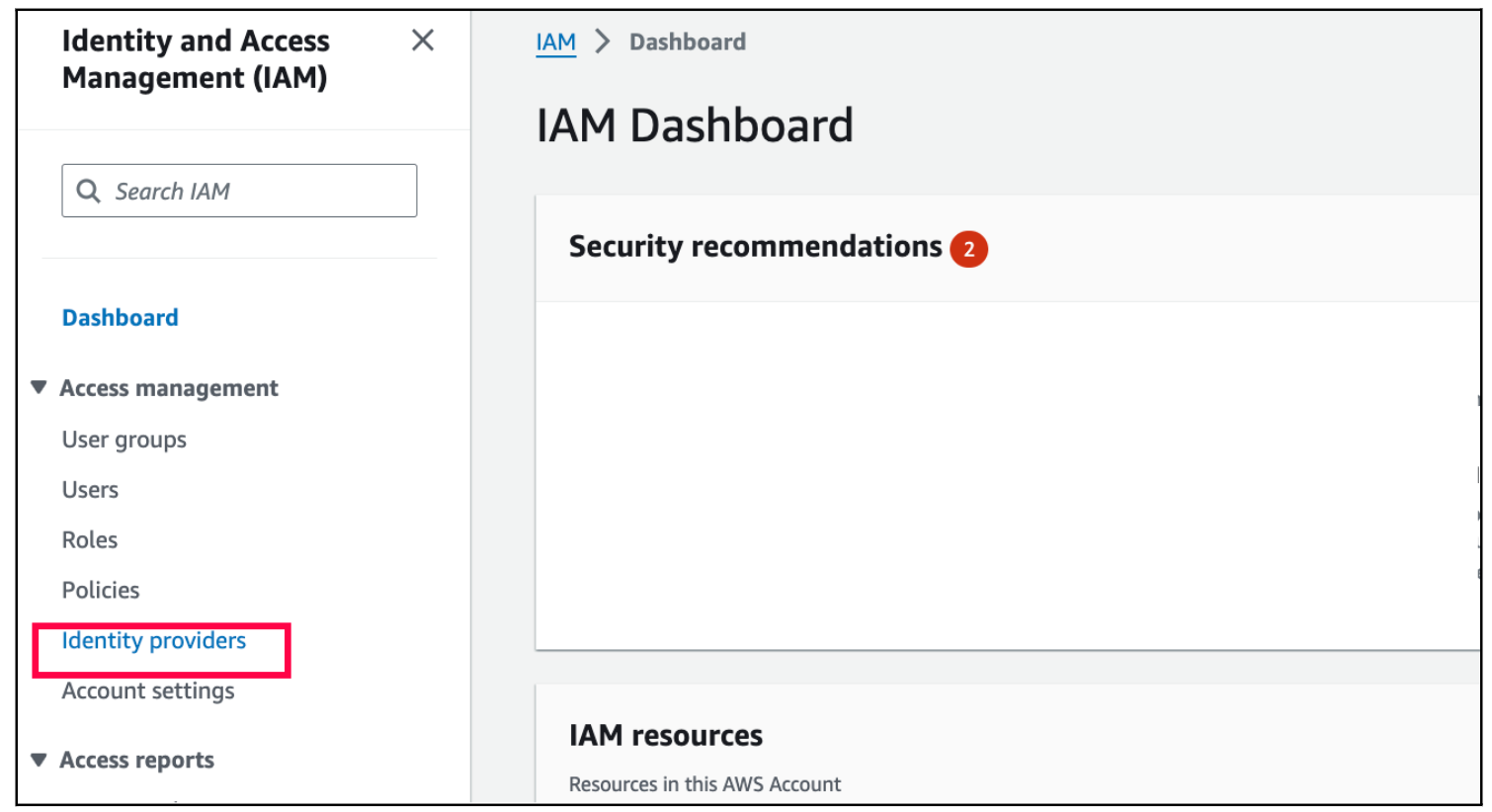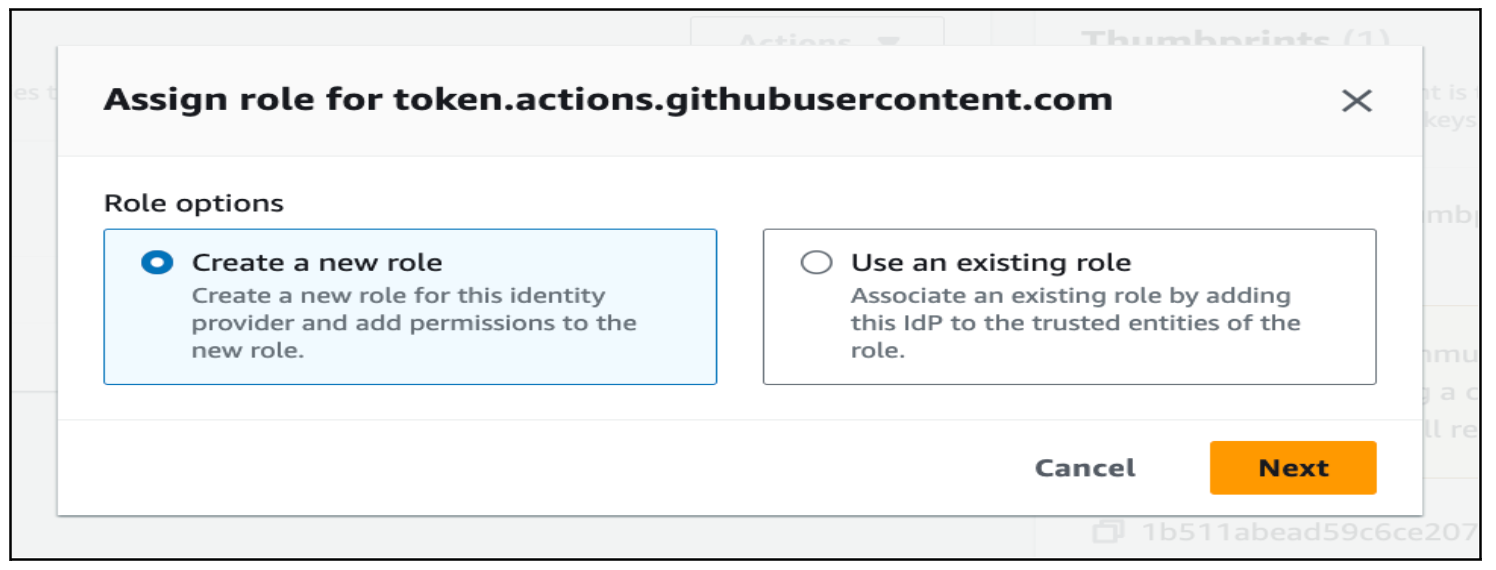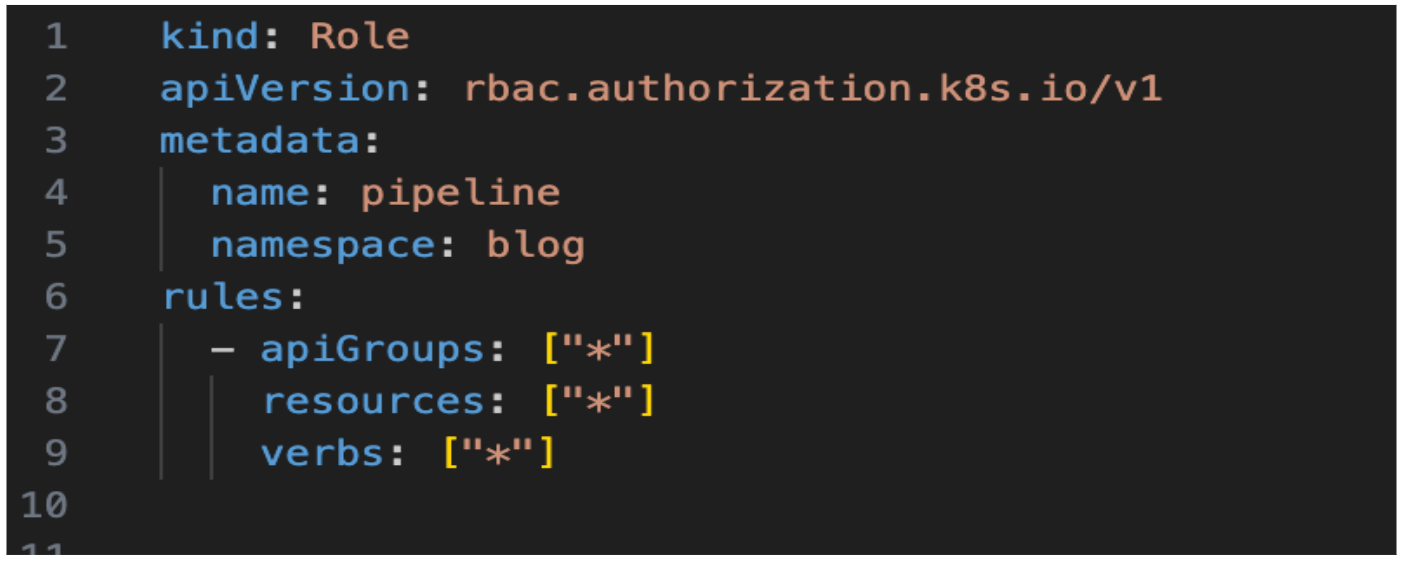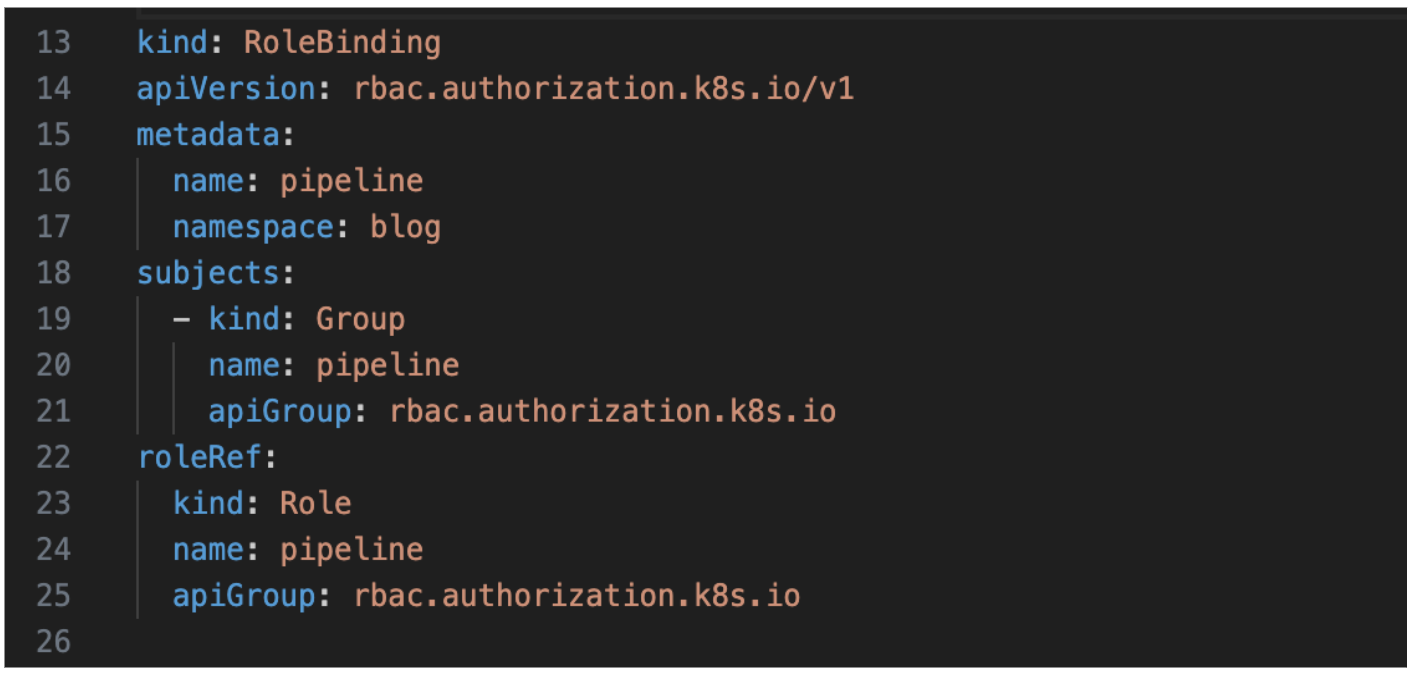Strangler Fig, Serverless, and Agentic AI: It’s Not the Future, It’s the Present
One of the most common security pitfalls in cloud-native CI/CD pipelines is the use of long-lived IAM credentials, which can be accidentally exposed or misused. As teams increasingly adopt GitHub Actions for automation and Amazon EKS for container orchestration, integrating OIDC-based IAM roles offers a powerful alternative that eliminates the need for static secrets altogether.
This blog guides you through securely integrating OIDC with GitHub and AWS. This integration enhances security by eliminating the necessity for persistent IAM access keys, offering a safer approach for accessing AWS resources directly from your GitHub repository. Additionally, it will cover a method to enable communication between other IAM principals and your EKS cluster.
1. Configuring OpenID Connect (OIDC)
Step 1: In the IAM service, select Identity Provider

Step 2: Add the identity provider
Provider URL: https://token.actions.githubusercontent.com
Audience: sts.amazonaws.com
2. Assign an IAM Role
Step 1: Create an IAM role with the permissions necessary to perform the operation on the EKS cluster and assign it to the provider.

Step 2: Either create a new role or use the existing one.
For this blog, I will create a new role.

Step 3: Update the GitHub username for which the role is going to be used. You can also restrict the usage by adding the repository and branch details.

Earlier, I created a policy with access to manipulate the cluster within the account and attached the policy to the role.

After attaching the policy review the details and create the role. We will later use this role to deploy the resources on the EKS cluster.
3. Adding IAM role to EKS Cluster using the AWS-auth Config Map
By default, rights within the cluster are immediately granted to the IAM principal who created it. To allow other IAM principals to communicate with your cluster, update the aws-auth ConfigMap within Kubernetes and create the Kubernetes role/cluster role and role binding/cluster role binding.
Role and ClusterRole
An RBAC Role or ClusterRole contains rules that represent a set of permissions. A Role always sets permissions within a particular namespace. On the other hand, ClusterRole is not namespaced(cluster-wide).
RoleBinding and ClusterRoleBinding
A role binding grants the permissions defined in a role to a user or set of users. It holds a list of subjects (users, groups, or service accounts), and a reference to the role being granted. A RoleBinding grants permissions within a specific namespace whereas a ClusterRoleBinding grants that access cluster-wide.
4. Adding the role in the cluster
Step 1: Create the Role in the cluster.
For example purposes, I have been given full access to the role. Remember a Role is always bound to a namespace.
 Step 2: Create the Rolebinding for the above role.
Step 2: Create the Rolebinding for the above role.
 Step 3: Add the resources in the cluster
Step 3: Add the resources in the cluster
 Step 4: Update the aws-auth config map.
In the end we need to update the config map in the cluster. This will allow IAM role to communicate with the cluster. I am going to use eksctl tool to update the ConfigMap.
Step 4: Update the aws-auth config map.
In the end we need to update the config map in the cluster. This will allow IAM role to communicate with the cluster. I am going to use eksctl tool to update the ConfigMap.
 Now, the IAM role can access the EKS cluster.
Now, the IAM role can access the EKS cluster.
5. Test the pipeline
I created a basic pipeline that will create a Deployment on the eks cluster and will start a pod(redis). Please check eks-blog repository for the files.
After adding the environment, and secret variables in the repository. I was able to deploy the resource on the cluster using the IAM role created earlier.


Wrapping up
In this blog, I have shown how you can access to EKS by using the aws-auth config map to allow various IAM roles, which is a traditional method for EKS cluster access management. There is also a newer method, using Access Entries. The upcoming blog will delve into this new method, exploring how it can be used for managing access to EKS clusters more effectively.
FAQs
1. Why should I use OIDC instead of AWS access keys in GitHub?
OIDC eliminates the need for static IAM credentials, reducing the risk of accidental exposure and improving compliance. It also supports fine-grained permissions and temporary access, aligned with least-privilege principles.
2. How do I allow other IAM users or roles to access my EKS cluster?
You can modify the aws-auth ConfigMap to map additional IAM users or roles to Kubernetes RBAC groups. Alternatively, use the newer Access Entries feature to simplify and scale access management.











